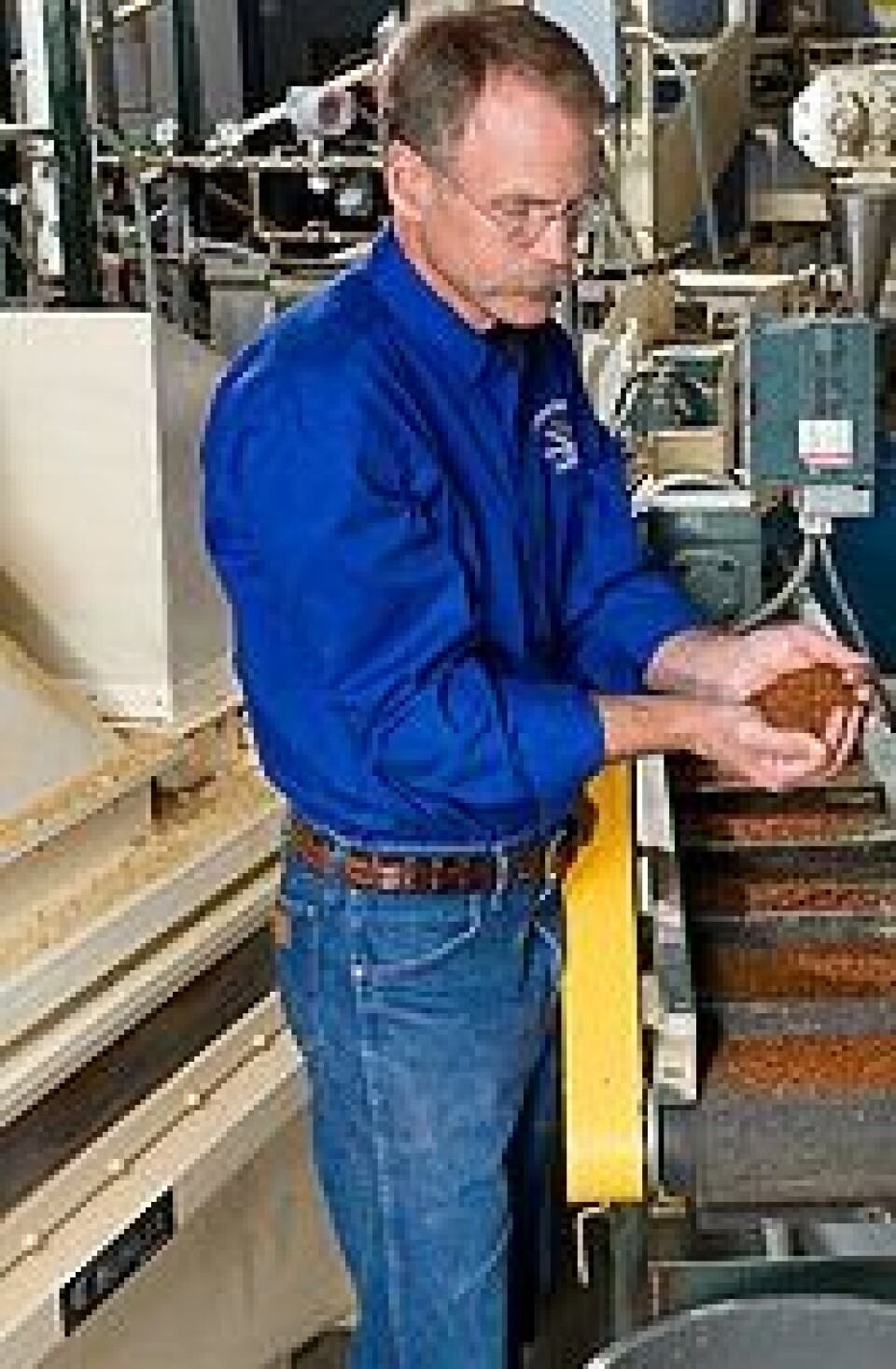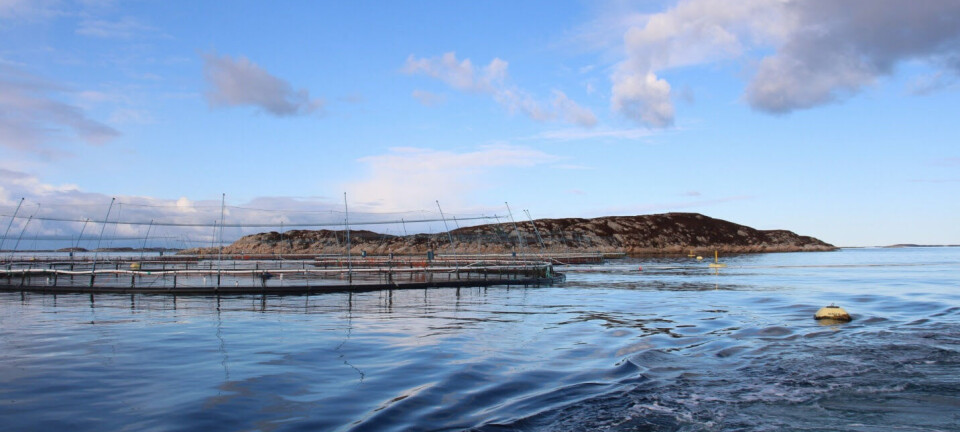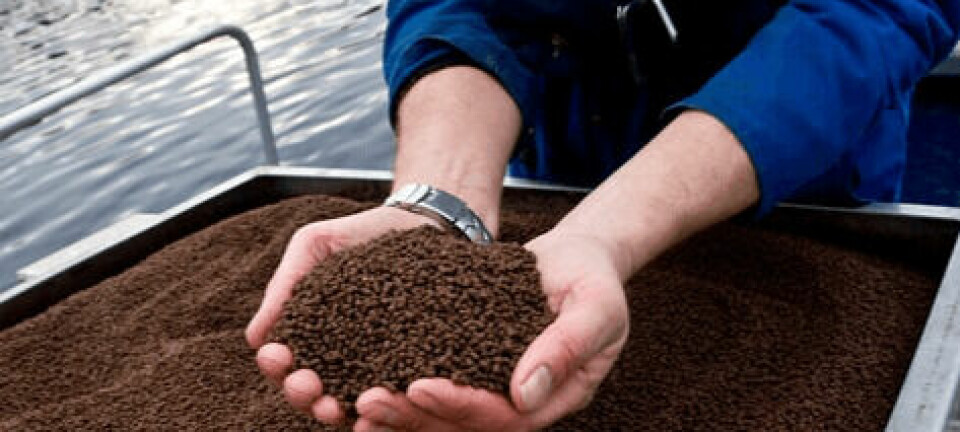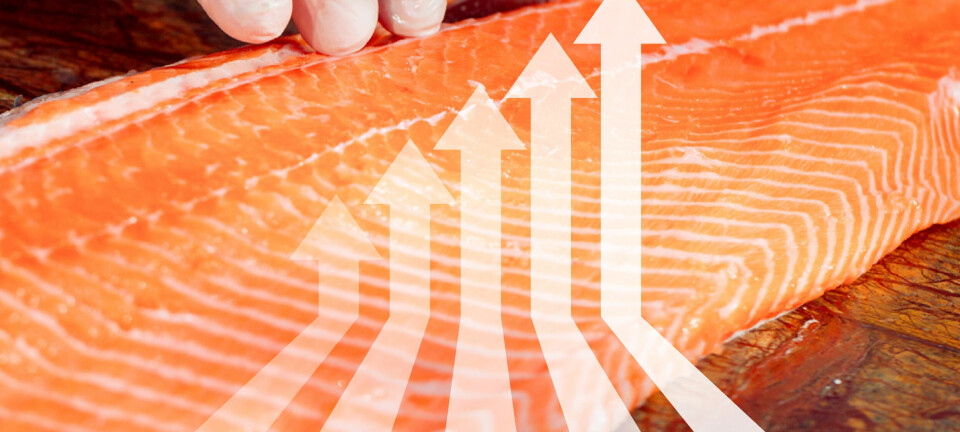
Future of Aquaculture described
Opinion
According to its web site, Bill Manci is the President of Fisheries Technology Associates, where he specializes in fisheries management and technical and economic feasibility analysis of fish farming and aquaculture facilities, fisheries industry intelligence, due diligence, and statistics, finfish and shellfish production technology, and facility design, management and assessment. Mr. Manci manages a team of 20-25 technical professionals within the fisheries and aquaculture field. He has over 34 years of experience and has published more than 300 articles and writes regularly for national and international publications. Mr. Manci has also participated for six years in aquaculture research at the University of Wisconsin-Madison.
Bill Manci sits on the The Natural Resources Council, and he was recently quoted by the Gerson Lehrman Group in an article entitled “Current trends point to the future of aquaculture”;
Summary
The oceans have reached their capacity to supply the world with seafood, even as demand continues to rise. By necessity, aquaculture is destined to be the vehicle from which consumers source and buy seafood.
Analysis
I recently had the privilege of speaking at a recirculating aquaculture system workshop in Bayfield, Wisconsin. I am originally from Wisconsin, so it was an opportunity to reconnect with some folks that I had not seen in a long time. But it was also a chance to present to a group my vision of trends for the future of aquaculture.
As many of us have heard, the pace of aquaculture development around the world is quickening. While many people appreciate the benefits of aquaculture, there are also those who view it in quite a different light. As with most things in life, these differences are inevitable.
Aquaculture has not developed in a vacuum, and has been influenced by a number of issues and factors. Not the least of which are economic globalization, increasing world population, shifting demographics, and a myriad other factors and forces.
All of these factors combined have pointed aquaculture in a direction and given it a complexion that can be characterized by all of these terms. Make no mistake. Here are the “buzz words” that will rule your future:
Automation—Just as any other business, aquaculture is sensitive to costs, with labor costs at or near the top of the “hit parade.” Labor costs are driving the development of technologies to reduce human inputs.
Move offshore—Improvements in submerged open-water net pen systems will allow producers of marine fishes to avoid storms, shipping, coastal pollution, and NIMBY (Not in my backyard!).
RAS (Recirculating Aquaculture Systems)—These systems have been with us for awhile. But as water supplies and open land become more scarce and expensive, and as we seek more control over product quality and biosecurity to avoid disease transmission and terrorism, recirculating aquaculture systems will play a more significant role in aquaculture’s future.
Consolidation—In aquaculture, size matters. Consolidation (i.e., getting bigger) can stabilize cash flow, eliminate seasonal variation, access more diverse markets, vertically integrate profit centers, and allow owners to enjoy economies of scale that reduce costs and increase bottom-line profits.
Alternative protein sources for feeds—Fishmeal and fish oil are becoming obsolete and will be slowly phased out of fish feed. They will be replaced with lower-cost, sustainable, and organic ingredients such as algal-based proteins and oils, and other plant-based ingredients. This shift is occurring “as we speak.” Fishmeal and fish oil are too expensive, too volatile in price, too variable in terms of quality, and incapable of being labeled “organic” indefinitely. Fish feed proteins and oils will come from farms and quality controlled production facilities.
Artificial selection and GMO’s (Genetically Modified Organisms)—Future fish stocks will display faster growth, better feed conversion, disease resistance, and lower feed costs—all without drugs. The term “GMO” is problematic for some consumers, but genes for cold tolerance in salmon, growth genes in catfish and salmon, and disease resistance in hybrid striped bass and shrimp will help us produce more healthy fish for an expanding market.
Third-party certification and BAP’s (Best Aquaculture Practices)—All future fish farms will be certified by an independent third part. The Aquaculture Certification Council and other similar organizations are leading the way. They will ensure that we minimize the use of drugs and chemicals, escape from our facilities, and will guarantee minimal environmental impacts. Your customers will insist on this “Good Housekeeping Seal of Approval.”
HACCP (Hazard Analysis Critical Control Point)—Traceability from feed to plate (not just processing) means there will be no guessing when someone gets sick from eating wild or aquacultured products. RFID tags in and on boxes and containers will quickly and surely point to culprits.
Immunostimulants and probiotics—Fish feeds already contain ingredients to maintain and improve the health of our fish. Beta-glucans, vitamins C and E, nucleotides, beneficial bacteria, and yeasts are just of few of the innovations we see today and will see in the future.
Low-pollution feeds—Feeds will contain just enough phosphorus to keep our fish healthy, or phosphorus will be “packaged” in more bio-available forms to enhance absorption and reduce impacts in fish farm outfalls.
Nutraceuticals and omega-3 fats—Foods that provide medical or health benefits, including treatment or prevention of disease, are termed nutraceuticals. Fish will be viewed less as food than a vehicle for the delivery of high-quality nutrients, such as heart-healthy omega-3 fatty acids, to our bodies. We are finally getting the message that fish are good for us. Between you and me, I plan to continue to view fish as a great way to enjoy a meal!
The future of aquaculture has yet to be written. But I have no doubt that it will look a lot as I described.
I couldn't have said it better myself























































